Occasion Map Papers
Harold Garfinkel's interest in the research field of 'instructed actions' lies in ethnomethodology's fundamental phenomenon and its technical activities: to find, specify, collect and make observable the societies most ordinary methods to construct a meaningful order of social situations. The dynamics of patterned orderliness of social life can be tackled through the discovery and the description of these most ordinary methods.
In particular, the topic of “instructed actions” illuminates the embodied production of social order through the formal pairing of instructions and the lived-work of following them. This reveals the subtlety of the interplay between the ostensibly explicit guidance of instructions and the nuanced ways people interpret and execute them.
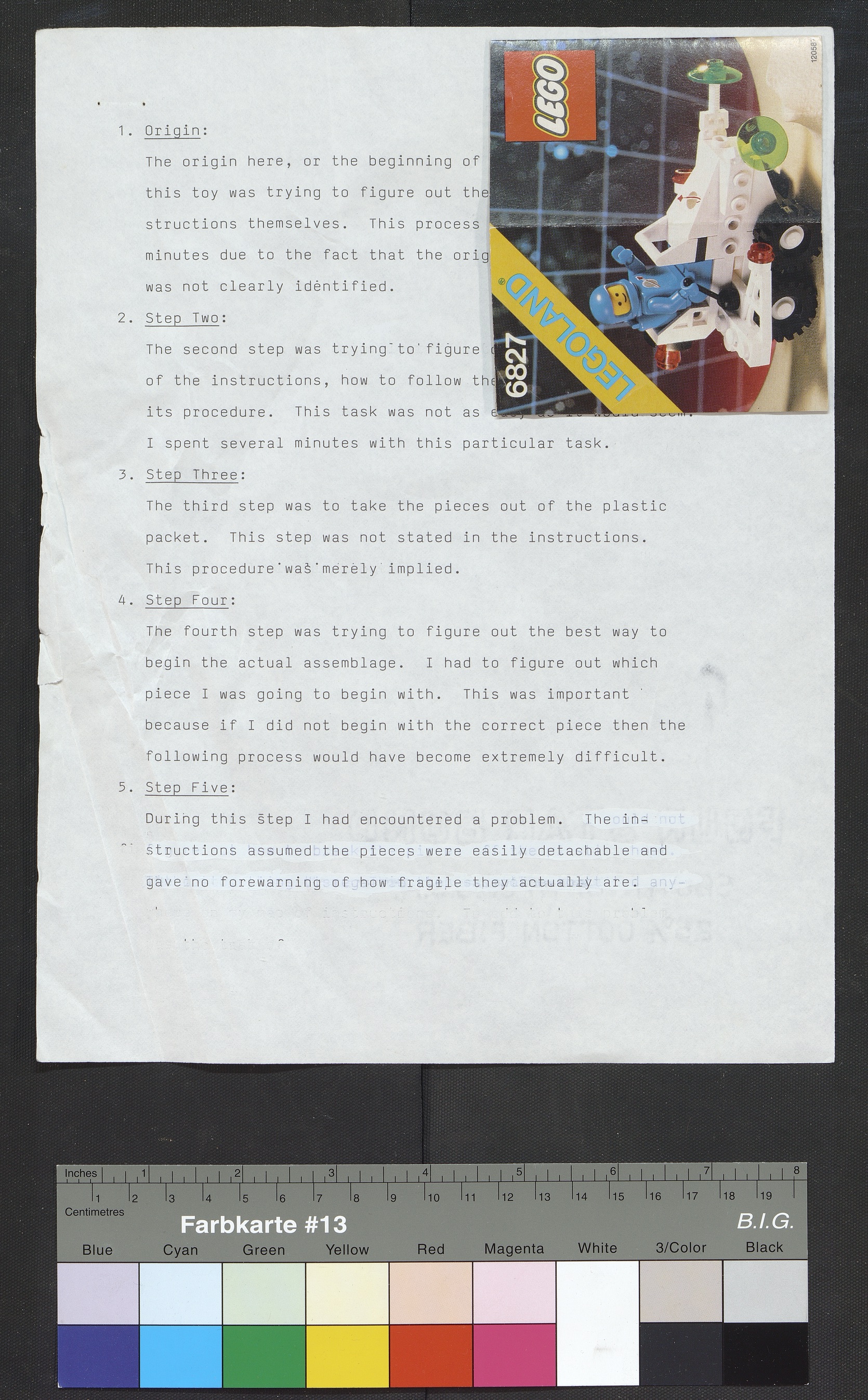
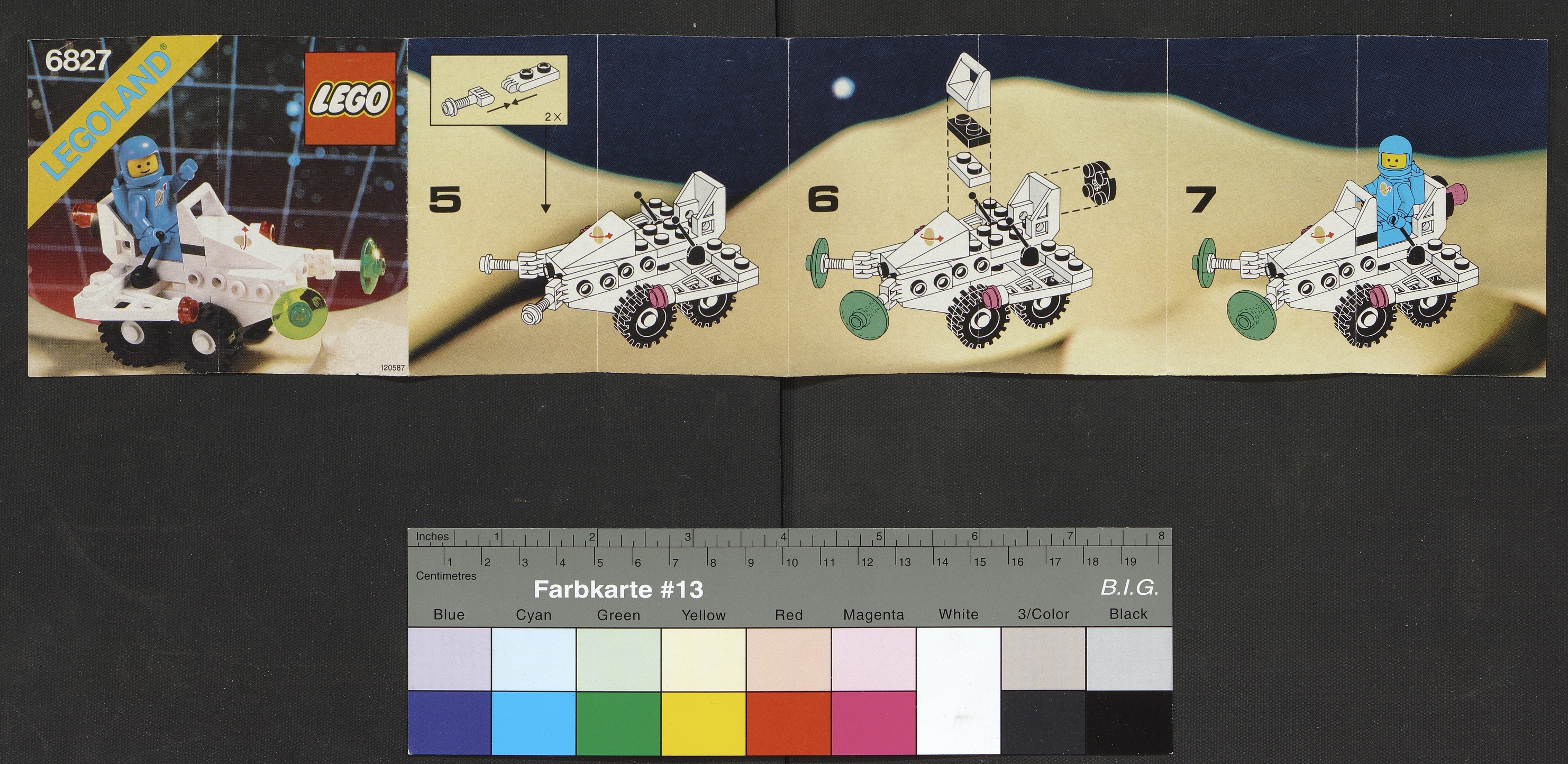
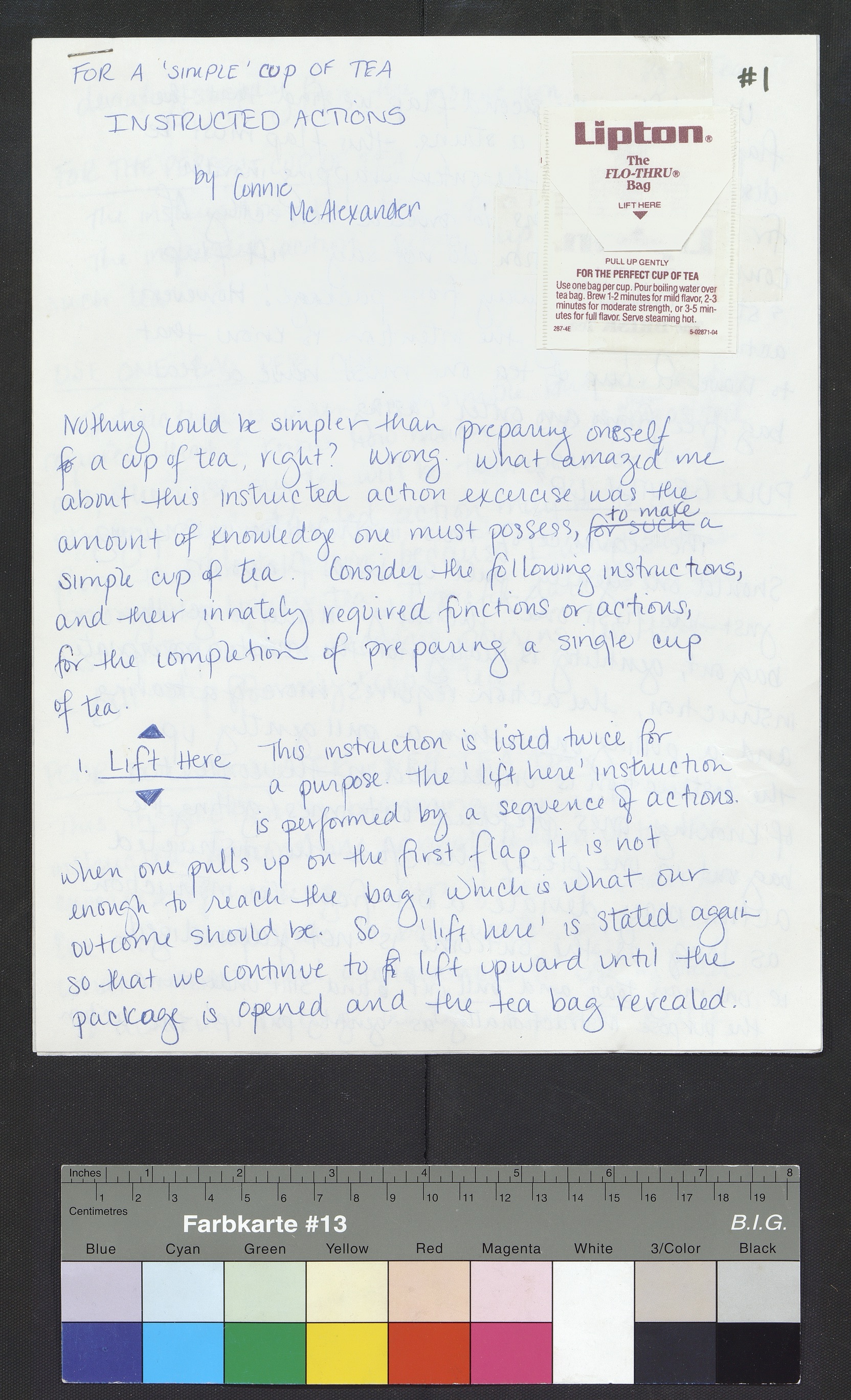
Preparing a bagged tea with a guidance of the instructions on the package, building a lego figure through following the directions in the guide, preparing a meal through a recipe; in such examples manifests itself the emergence of social order.
The collection of documents about particular form of instructed actions called “occasion maps” was the object of hybrid study conducted by P03.

Occasion maps refer to maps that the persons draw for each other in a specific situation to provide instructions for navigation and wayfinding purposes. They are usually informal, temporary, and explained by one person to another in a particular setting. Garfinkel gave only brief accounts on this topic: he describes Occasion Maps as an ethnomethodological model which reveals definitive properties of occasioned expression (e.g. Ethnomethodology's Program: Working Out Durkheim's Aphorism 2002, p. 128, 129 and Harold Garfinkel: Studies of Work in the Sciences 2022, chapter Seminar 2 (May 27, 1980), p. 131). He did not published a comprehensive description of his and his students studies going back as early as 1950’s. Instead, he motivated Kenneth Liberman to write a book on the topic and shared his perspective and material to describe the work of reading a sketched map as a part of getting the journey done.
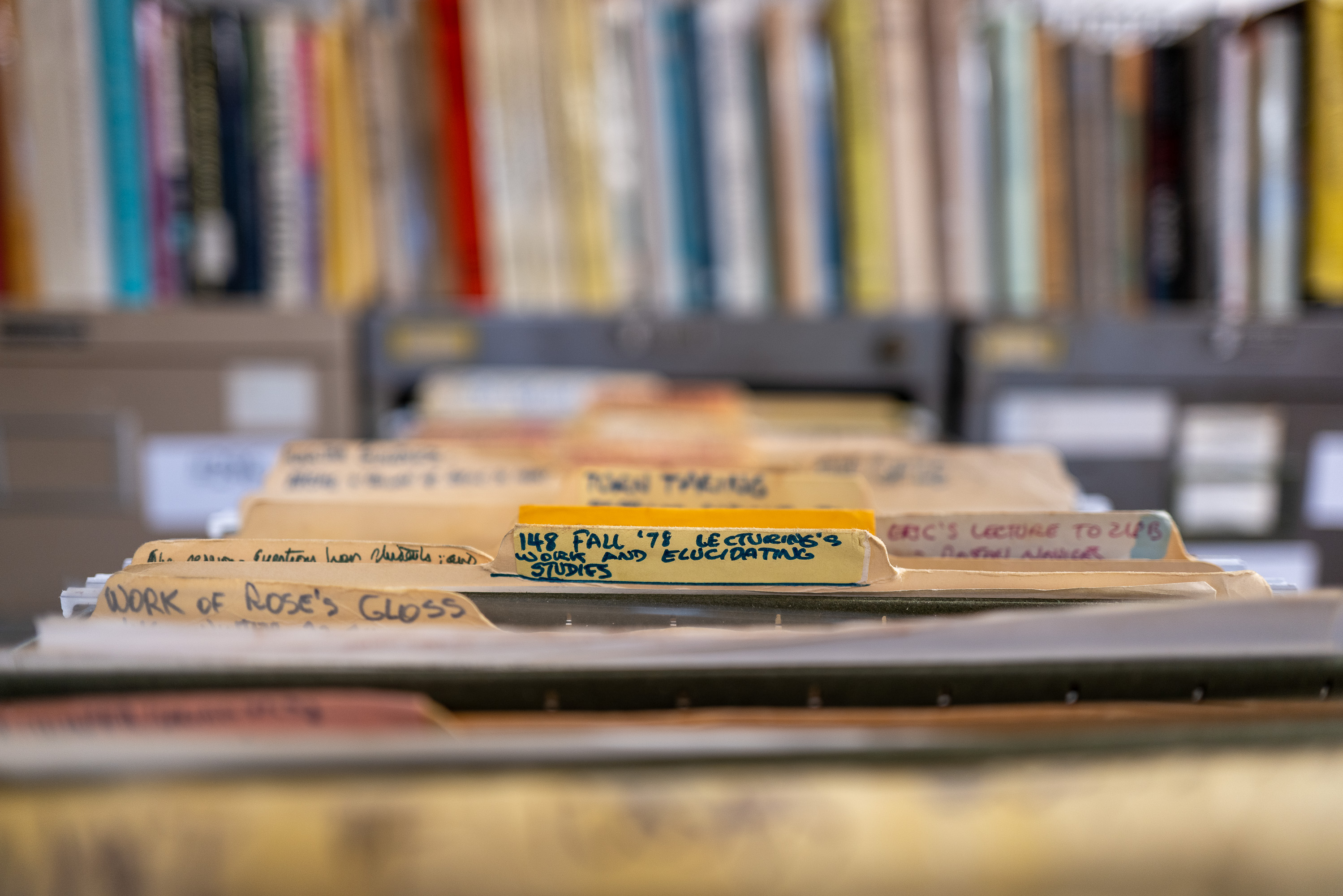
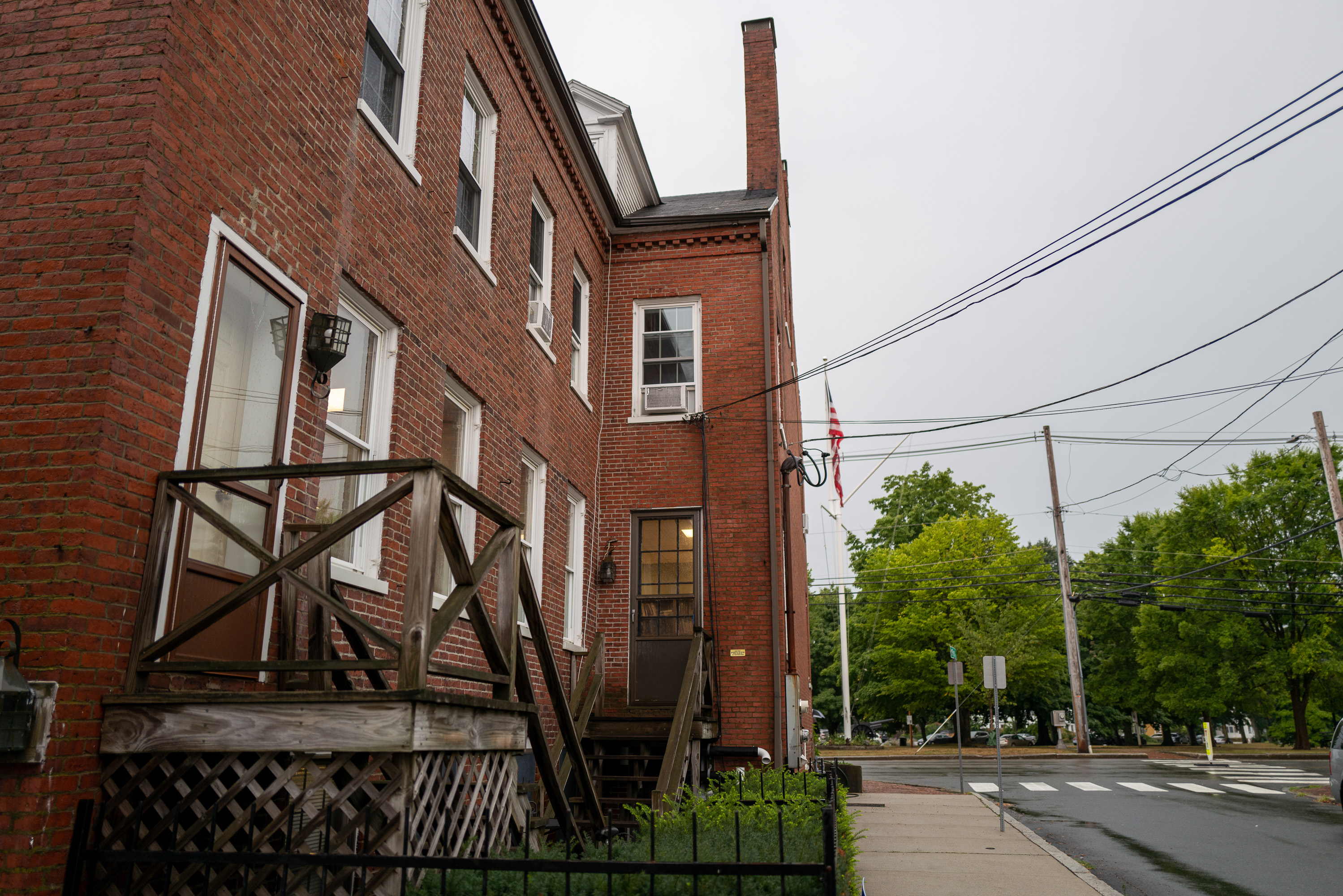
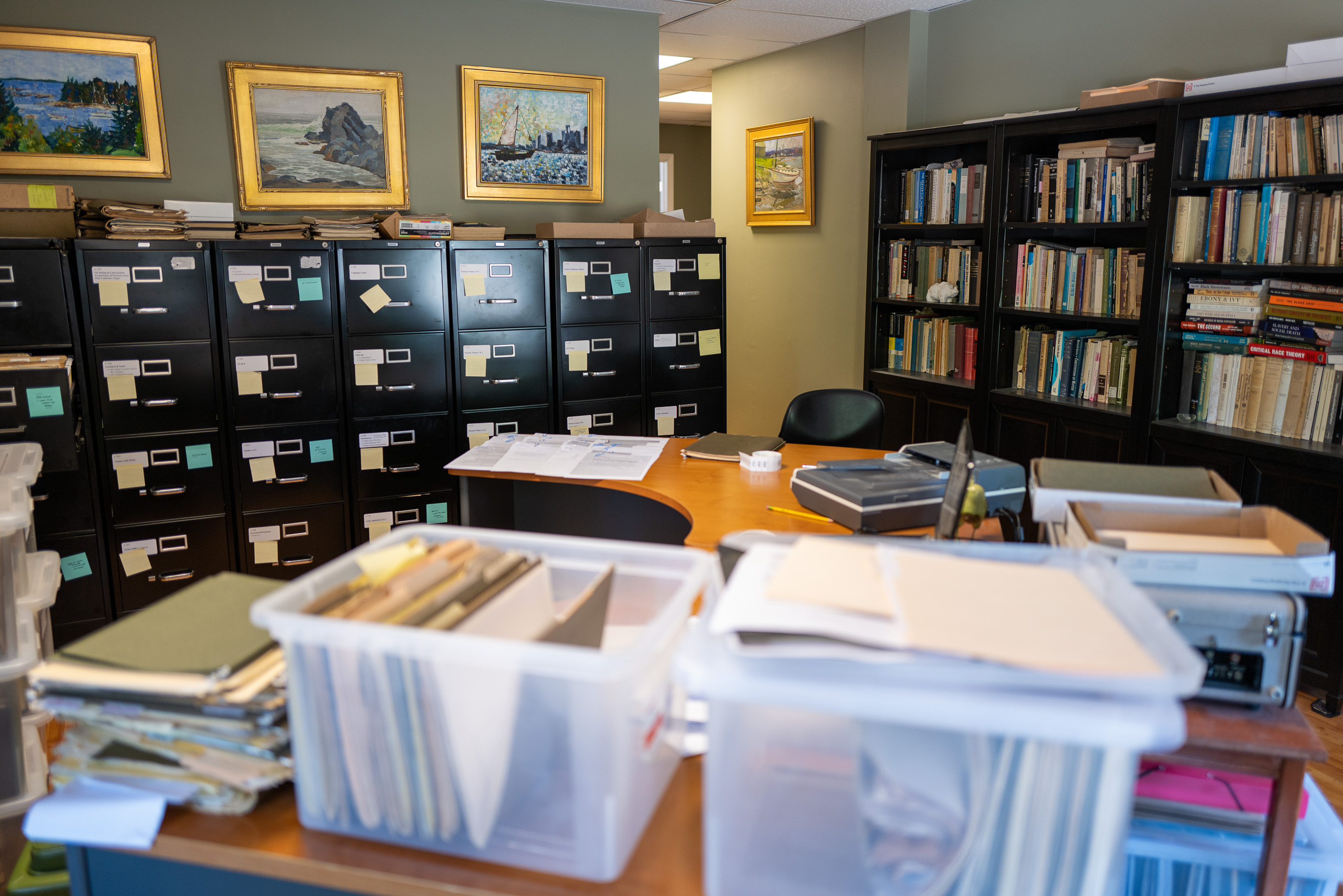
The Harold Garfinkel Archive provided the sub-collection “Occasion Map Papers“ in three stacks as a mean of (1) a Proof of Concept for the development of a meaningful digitization and recording practices for the archive as a whole and (2) a case of hybrid study, in which situated practices of digitization and data production are critically observed, described and made accountable, while they get executed.
The sub-collection consist of heterogeneous object types which exemplified not only the complexities of the archive as a whole but yielded particularities for the intended hybrid study: transcription of conversations with students and scholars, home works containing maps or other forms of instructions, books with reading traces…
Please follow the digital “occasion map” to navigate to find the particular results of the investigation →